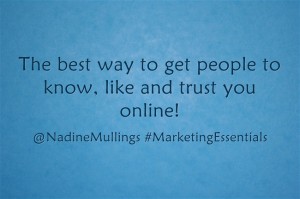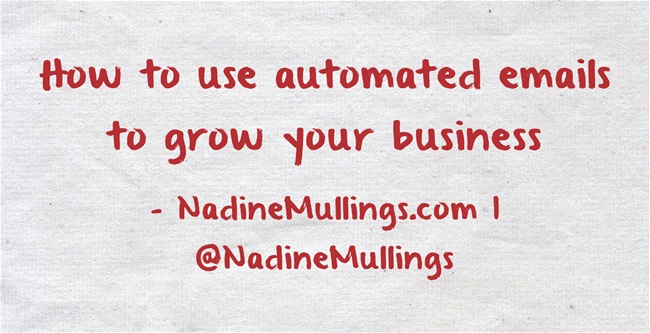 As a small business owner, coach or consultant, email marketing can be a key way to grow your business, but are you using various types of email marketing to grow your business?
As a small business owner, coach or consultant, email marketing can be a key way to grow your business, but are you using various types of email marketing to grow your business?
Most people think of e-newsletters or e-zines when they think of email marketing, but one of the best ways to grow your business is by strategically using automated emails. Two key types of automated emails are autoresponders and drip campaigns.
Autoresponders
Let’s start with autoresponders. We’ve probably all seen this type of email in action. Whenever you opt-in to receive a product, service, ebook, white paper, checklist etc. from a company, we immediately get a response email from the company after the action has taken place. This is an autoresponder in action. The email could simply be a “Thank You for Your Business” email or it could even be the delivery of the actual digital product or service via email. Whatever the case may be, the automatic email that you receive after taking action with that company is an autoresponder.
Autoresponders are great because you can set it in advance and it runs on autopilot. So if you client signed up for your coaching program or scheduled a consultation you don’t have to manually respond to that client, your autoresponder will take care of the communication for you. It’s like having a personal assistant who handles your initial communication. This is not only time saving, but it also makes you more efficient knowing that this part of your business is always taken care of.
Drip Campaigns
In addition to Autoresponders, you may want to automatically send out a series of emails to your clients and/or prospects over a period of time. Drip campaigns make the process of creating and sending these emails super easy. You create the emails one time and then when a client is added to the list the emails go out to the client or prospect over a period of time.
All of this happens behind the scenes, so the drip campaigns automatically keep your audience informed without the need for you to actively do the work. It is super important for you to plan out what drip campaigns you would like to send out. Make sure that the emails are informative, value-packed, and beneficial to your audience.
For example, many companies like to send out a drip campaign to new customers. A series of emails welcoming the client and informing them of the various services that you offer and giving valuable and helpful information can really help to start the relationship off in a good way.
Tips:
The key to successful autoresponders and drip campaigns is to keep it relevant and timely.
By keeping it relevant you are ensuring that the information that you are sending is what your client or prospect needs and can help them in some way. And by making sure it is timely you want to make sure that you are sending emails at a frequency that is not annoying to the recipient. Spreading it out over the course of several days is good. Most people don’t like to receive back to back emails from a company (unless they have signed up for a daily email in which they know they will be receiving frequent emails from the company)
So if you have not done so already, be sure to setup an autoresponder and think about various drip campaigns that you can send out to your clients and prospects.
Are you using automated emails in your business? If so, are autoresponders and drip campaigns a part of your automatic email mix? Be sure to share your thoughts below.
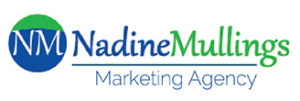
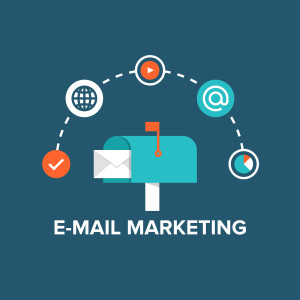
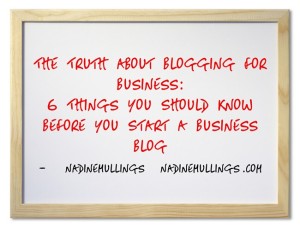

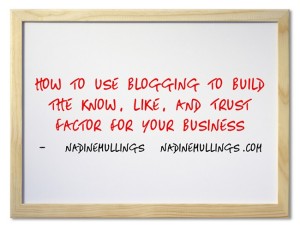
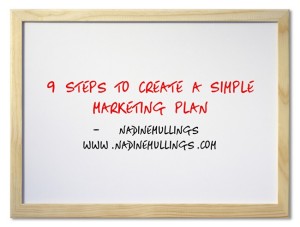

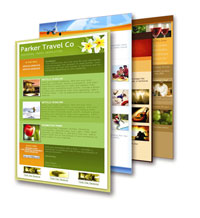 Are you using email marketing to promote your business?
Are you using email marketing to promote your business?
